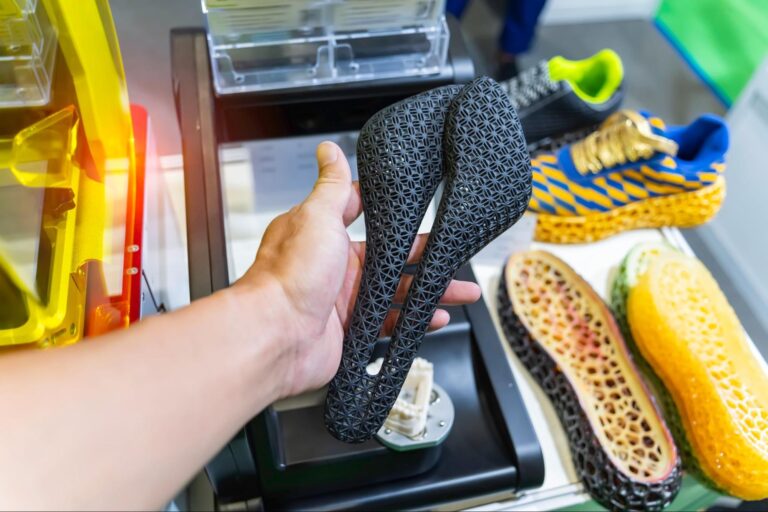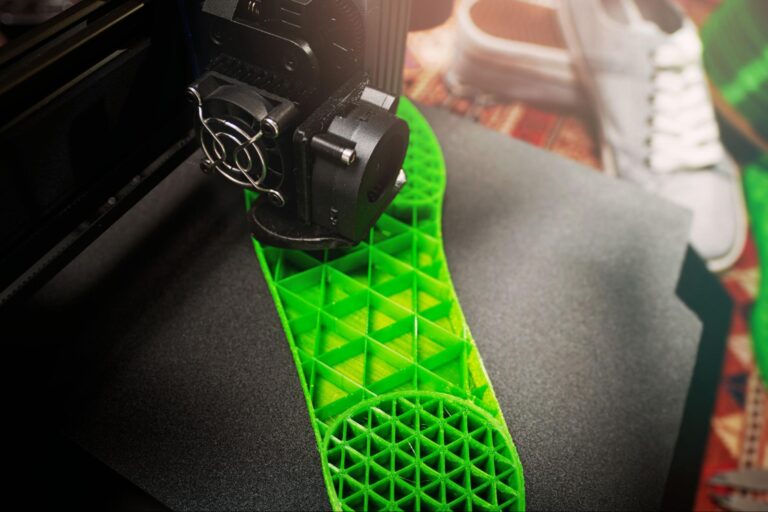Nylon 12, also known as polyamide 12 (PA12), is a versatile and durable thermoplastic material commonly used in 3D printing. It offers excellent mechanical properties, impact resistance, and chemical resistance, making it suitable for a wide range of applications. Some common applications of Nylon 12 in 3D printing include:
Functional Prototypes: Nylon 12 is often used to produce functional prototypes that closely mimic the properties of final parts, making it useful for testing and validation before mass production.
End-Use Parts: Its combination of strength and durability allows Nylon 12 to be used for producing end-use parts that need to withstand mechanical stress and wear over time.
Aerospace Components: Nylon 12’s lightweight nature, high strength, and resistance to various environmental conditions make it suitable for creating interior components, brackets, housings, and other parts used in aerospace applications.
Automotive Parts: Nylon 12 is commonly used in the automotive industry to produce parts like clips, connectors, housings, and brackets due to its resistance to chemicals and mechanical stress.
Medical Devices: The biocompatibility and sterilization capabilities of Nylon 12 make it suitable for producing medical devices, surgical instruments, and components used in medical equipment.
Functional Tools: Nylon 12 can be used to create functional tools, jigs, fixtures, and molds used in manufacturing processes, assembly, and quality control.
Consumer Goods: The material’s durability and versatility make it suitable for producing consumer goods like household appliances, electronics components, and recreational equipment.
Customized Wearables: Nylon 12 can be used to create straps, bands, and components for wearable devices like fitness trackers, smartwatches, and medical wearables.
Sports Equipment: Due to its impact resistance and durability, Nylon 12 is used to produce parts for sports equipment like helmets, protective gear, and components for outdoor gear.
Electrical and Electronic Components: Nylon 12’s electrical insulation properties and resistance to chemicals make it suitable for producing enclosures, connectors, and housings for electrical and electronic devices.
Industrial Components: Nylon 12 can be used to produce industrial components such as gears, bearings, bushings, and conveyor belt parts due to its wear resistance.
Oil and Gas Industry: Nylon 12’s chemical resistance and durability make it suitable for producing components used in the oil and gas industry, including parts exposed to harsh environments.
These applications highlight the versatility of Nylon 12 in various industries, where its mechanical properties, chemical resistance, and durability are valued. When using Nylon 12 for 3D printing, it’s important to understand its specific properties and follow appropriate printing and post-processing guidelines to achieve optimal results.








